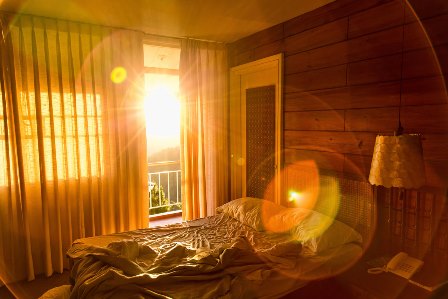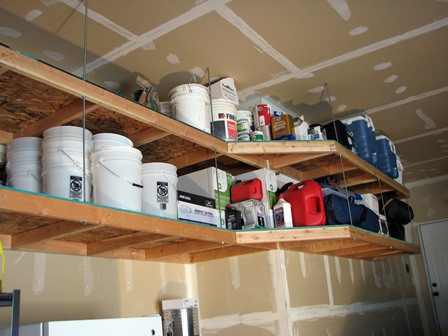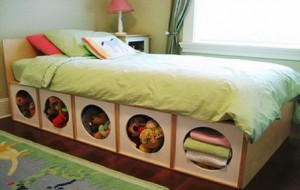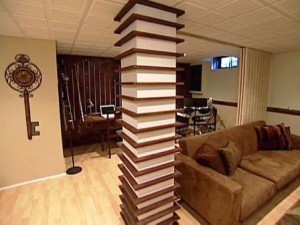A famous film choreographer explains what it takes to excel as a professional dancer and the steps needed to get there.
 by Longinus Fernandes
by Longinus Fernandes
Do you know what it takes to excel as a professional dancer?
To begin with, professional dancers display choreographed body movements and can appear either in theatre productions, TV shows, movies or dance recitals. Every dancer must be able to tell stories and display emotions with their bodies through various styles like ballet, hip hop and modern dance.
Dancers are also likely to pursue other dance-related professions after they can no longer perform professionally.
Fierce competition exists among professional dancers for available jobs. There is always a risk of injury in this career, as it is a very demanding one. Your working hours are highly irregular and may include days of rehearsals and evenings of performance, seven days a week. Travel is often required as a professional dancer, sometimes to exotic destinations. Tours may last for months on end away from home.
What do you need?
For starters, you must begin your dance training in childhood, which can continue throughout one’s life. Training usually starts as early as the age of five years in order for the dancer to gain enough experience to find professional work.
As a professional dancer, you must be creative, understand team work and have tremendous confidence in yourself. Apart from learning dance, one must also record high levels of mental stamina and physical endurance.
The 3 steps to turning pro
Step 1: Begin training
Most dancers start their training before they become adolescents and audition for full time work by the tender age of 16. Even after a dancer finds employment, training must continue throughout the dancer’s entire life.
Many students attend dance training programmes in their teens. Private dance or performing arts schools and institutes can provide the experience needed to gain acceptance into an advanced dance school. It is important to periodically enrol in workshops to get the added advantage of different perspectives.
Step 2: Acquire knowledge
Although post-secondary education is not required for a dancing career, specific dance styles or programmes can allow students to explore various dance genres, or concentrate on a specific discipline. Performance opportunities are often available to give students practical experience.
Step 3: Stay contented, conditioned and strong
A dancer’s job is physically demanding and requires long and irregular hours. Dancers typically must stay in top physical condition through regular exercise and training. Dancing is extremely taxing on the body, and a dancer may spend 8 hours or more in class or practicing.
Dancers have one of the most or the highest numbers of on-job injuries, so it is important to keep the body healthy and strong in order to continue working. Dance is the best way to feel that you are working without actually doing so! I always tell my students: “Always do what you love and love what you do.”
Longinus Fernandes is a nationally and internationally acclaimed dancer who has choreographed such hit songs as the Academy Award winning ‘Jai Ho’ from the film Slumdog Millionaire.






